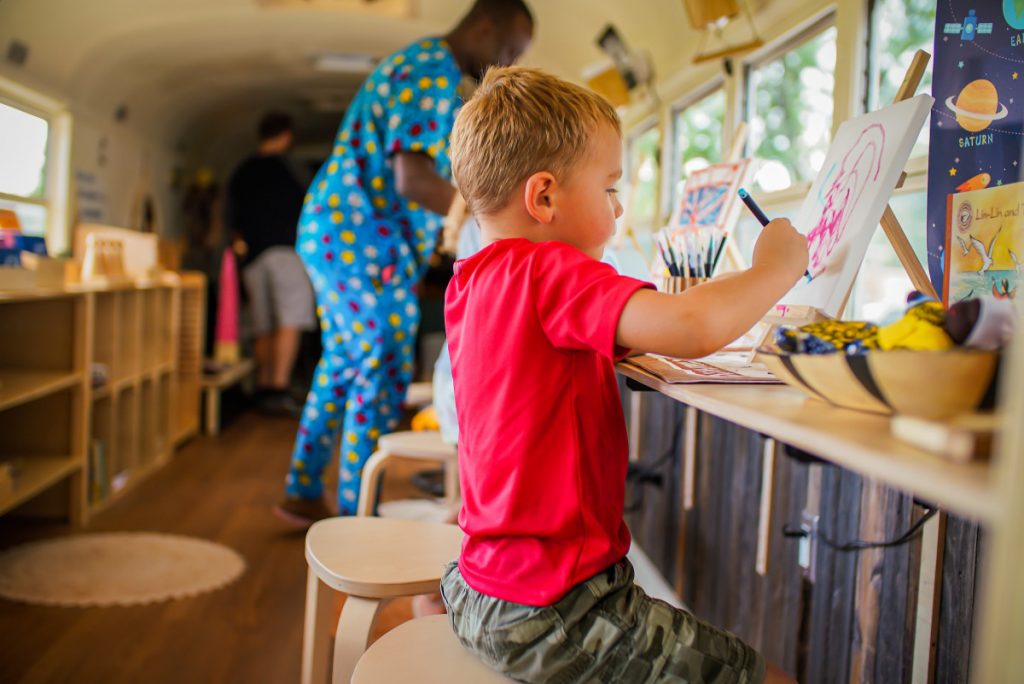COVID-19 is certainly a public health crisis. As Black community leaders have reminded us, it is also a 1619 crisis, highlighting the inequities built into our economic, housing and public support systems.
But it is also a worldview crisis. From the moment Europeans dismissed existing indigenous cultures and communities in the Americas as “savage,” a different worldview came to dominate, one that is preventing us from seeing opportunities and possibilities for how to move forward at this moment.
As two leaders of color, both parents of school-aged children, working in education, our initial response has been to draw on the communitarian, community-centered, collectivist ways of thinking that shaped our families and our lives. When Ulcca’s immigrant parents’ siblings encountered challenges they did not first do a budgetary or schedule analysis to see whether it made financial or logistical sense to act, to invite aunts, uncles and cousins to live with us while we collectively identified solutions.
They acted, they opened our home, activated their social capital and identified or built solutions. Were the solutions always perfect? Probably not. Were they always without risk? No. But they worked. They bridged moments that might otherwise have become crises, opening new doors and new possibilities.
The same has been true of Vernon’s experiences. Living and learning have always been communal endeavors. We have survived and thrived because of the strength of our collective. When faced with some of the darkest moments of history, horrible treatment from structures and systems designed for our subjugation and oppression, we were able to rise because of our commitment to one another. This moment demands as much.
We and many of our colleagues find ourselves stymied as we think about how to ensure that the 2020-2021 school year does not become another nine month exercise in futility and frustration. The reason is that many dominant voices in the conversation feel as though they have been operating from an overly-cautious, fear-based perspective with a mentality of scarcity.
It is not their fault. It is the cultural context of our collective lives, particularly at this moment in history. It is a context defined by a fear of failure and lawsuits, a narrow sense of what education is, where education happens, and who “does” education.
We recognize and support using what science and epidemiology tell us is a baseline for safe social interaction. And scientific data can and must be interpreted through a set of lenses that reflect our overarching values. As we interpret science and make decisions about action, we must apply the wisdom and approaches that led our brothers and sisters, parents and grandparents – indigenous, enslaved, refugees, and immigrants – to invent the future-facing solutions that have always made our country stronger and pushed it to live out the values, ideas, and promises made. Those values include:
- Recognizing that learning happens everywhere, all the time and is not confined to the walls of school buildings. The world is our classroom.
- Drawing on the power of local communities and honoring the many assets that exist in every single neighborhood in this city, county and state;
- Thinking creatively about how to activate and connect these resources in service of the total wellness of our children and therefore our communities.
What if we put aside for a moment labored debates about how to get kids and teachers back into school safely for as many days as possible, whether or not to mandate masks, and how many hours a day of screen-based learning is too much? If we instead built creatively, as a collective, to reaffirm that education, when done well, is inclusive of the entire community. What if, instead of being paralyzed by fear, we moved forward in hope for a better transformed tomorrow?
Imagine if we could pilot a model in which city and district leaders supported community advocates to open local restaurants, co-working spaces, churches, recreation centers, and small offices sitting empty due to remote working to small groups of learners.
Imagine if mothers, fathers, aunts, grandparents, older siblings on gap years or stuck with only a few hours of Zoom learning who are otherwise flexible with their time were hired as Learning Circle Mentors to provide support to these small groups of learners in the morning as they engaged in remote learning organized and delivered by their schools and formal educators.
Imagine if lunch dollars that are not being used by schools went to pay local restaurants to make meals-to-go for these young learners and their mentors.
Imagine if these small learning circles were supported by teams of retired or non-working specialist educators who could provide supplemental support with early childhood learning, literacy, math, English language acquisition, special education, gifted services, social work, counseling, and added support for parents/guardians.
Imagine if these small groups of learners spent the afternoon scattered outside in neighborhood parks or school playgrounds benefitting from enrichment activities provided by non-profits including YMCAs, Boys and Girls Clubs, faith organizations, museums, hospital-based wellness programs and local citizens with unique interests and skills to share.
Imagine if every square foot, every block, every acre of park, every open space, every tool was repurposed to serve all children well.
Just imagine.






